Introduction to Faraday Rotators and Isolators
In the fascinating field of optical technology, we find two essential components that are often discussed but rarely understood in depth: Faraday Rotators and Isolators. These two elements are vital in various applications, from telecommunications to medical devices. But what exactly sets them apart? In this comprehensive guide, we will explore the differences, similarities, and applications of Faraday Rotators and Isolators, providing a clear and concise understanding of these crucial optical components.
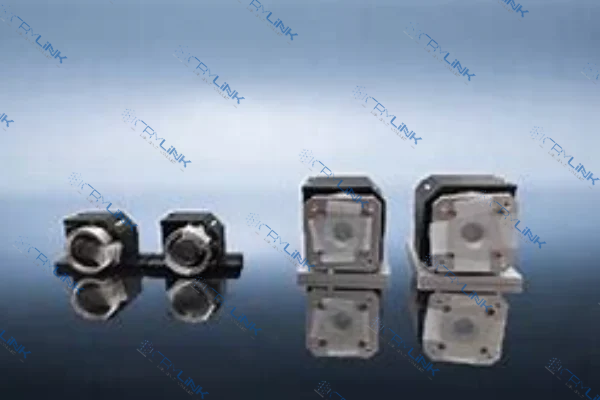
Understanding Faraday Rotators
In the realm of optical technology, Faraday Rotators stand out as a critical component with a wide range of applications. A Faraday Rotator is an optical device that rotates the polarization plane of light, a function that is both unique and essential in various optical systems. This rotation is based on the Faraday Effect, where the polarization of light changes as it passes through a magnetic field. The degree of rotation depends on the magnetic field’s strength and the material’s specific properties, allowing for precise control over the polarization of light.
The principle behind Faraday Rotators is not just a theoretical curiosity; it has practical applications that are vital in modern technology. One of the primary uses of Faraday Rotators is in laser systems, where they are employed to prevent back reflections. Back reflections can be detrimental to a laser source, causing damage and reducing its lifespan. By controlling the polarization of the laser light, Faraday Rotators ensure that these back reflections are minimized, thereby protecting the laser source and enhancing its performance.
In addition to laser systems, Faraday Rotators play a crucial role in optical communications. In this context, they are used to control signal polarization, a function that is key to transmitting information accurately and efficiently. As data travels through optical fibers, the polarization of the light carrying the information must be carefully managed to prevent loss or distortion of the signal. Faraday Rotators provide the necessary control, ensuring that the information is transmitted without error, even over long distances.
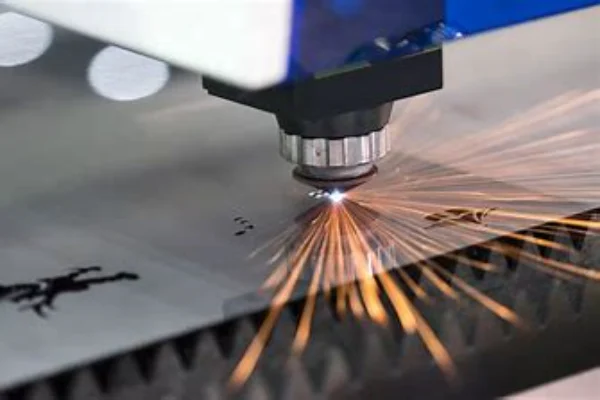
The versatility and functionality of Faraday Rotators extend beyond these specific applications. They are found in various other optical systems, such as telescopes, microscopes, and medical imaging devices. In each of these applications, the ability to control the polarization of light is essential for achieving the desired results. Whether it’s capturing a clear image of a distant galaxy or obtaining an accurate medical diagnosis, Faraday Rotators contribute to the success of these endeavors by providing precise control over light’s properties.
The importance of Faraday Rotators in modern optical technology cannot be overstated. They are not just a niche component but a fundamental building block that enables various technological advancements. From communication networks that connect the world to scientific instruments that expand our understanding of the universe, Faraday Rotators are an indispensable part of the technological landscape. Their unique ability to control light’s polarization has far-reaching implications, touching various fields and industries.
In conclusion, Faraday Rotators are a remarkable optical device with a wide range of applications and significant importance in modern technology. By understanding their working principle, applications, and impact, we gain insights into the complex world of optics and appreciate the role they play in shaping our technological future. Faraday Rotators are not just a piece of hardware; they are a testament to human ingenuity and a key to unlocking new possibilities in science and technology.
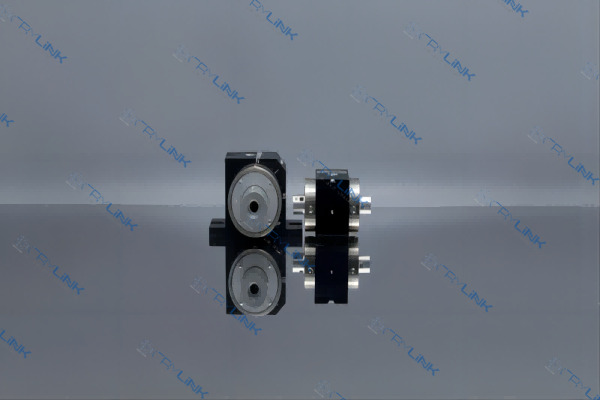
Exploring Optical Isolators
Optical Isolators are not just confined to the realms of telecommunications and healthcare; their applications extend into various scientific and industrial fields. In research laboratories, they are used to protect delicate instruments from unwanted reflections, ensuring that experiments are conducted with precision and accuracy. In manufacturing, Optical Isolators are employed in laser cutting and welding processes, where they enable precise control over laser beams, enhancing efficiency and quality.
The design and construction of Optical Isolators are a testament to the advancements in optical engineering. The integration of a Faraday Rotator with polarizers is a delicate process that requires a deep understanding of optical physics. The choice of materials, the alignment of components, and the calibration of magnetic fields are all critical factors that determine the performance of an Optical Isolator. This complexity underscores the importance of expertise and innovation in the field of optics.
Furthermore, the future of Optical Isolators looks promising, with ongoing research and development aimed at enhancing their performance and expanding their applications. Emerging technologies such as quantum computing and space communication are exploring the potential use of Optical Isolators to achieve new levels of efficiency and reliability. The adaptability and functionality of Optical Isolators make them a valuable asset in the ever-evolving landscape of technology.
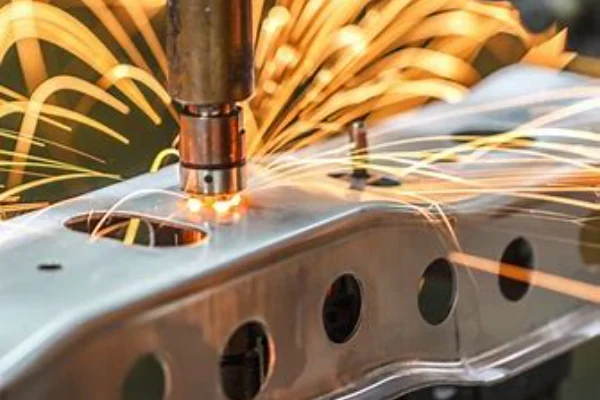
In the context of a world that is increasingly reliant on optical communication and technology, the role of Optical Isolators becomes even more significant. They are not just a component; they are a critical tool that enables the seamless functioning of modern technology. From connecting people across continents through fiber-optic cables to enabling life-saving medical diagnoses, Optical Isolators are at the heart of many technological marvels that define our contemporary life.
In conclusion, Optical Isolators are more than just an intriguing optical phenomenon; they are a vital part of our technological infrastructure. Their ability to control the direction of light transmission has wide-ranging applications that touch various aspects of our lives. The ongoing advancements in the field promise even more exciting possibilities, solidifying the position of Optical Isolators as a key player in the future of optical technology. Their exploration is not just a scientific endeavor; it’s a journey into the possibilities of human innovation and the endless potential of light.
Comparing Faraday Rotators and Isolators
In the intricate world of optical technology, Faraday Rotators and Isolators are two components that often come up in discussions and applications. While they share certain similarities, they also have distinct differences that set them apart. Understanding both the differences and similarities between these two components is essential for anyone working in the field of optics, as it provides insights into their functions, applications, and how they can be used effectively.
Faraday Rotators are optical devices that rotate the polarization plane of light. They operate based on the Faraday Effect, where the polarization of light changes as it passes through a magnetic field. This ability to control polarization has various applications, such as in laser systems to prevent back reflections and in optical communications to control signal polarization.
On the other hand, Optical Isolators, also known as optical diodes, allow light to pass in one direction only. They typically consist of a Faraday Rotator and two polarizers, working together to create a unidirectional pathway for light. This one-way transmission of light is vital in protecting lasers and other sensitive equipment from back reflections, ensuring smooth operation without interference.
While Faraday Rotators and Isolators are related, they have distinct differences that set them apart. Faraday Rotators are solely concerned with controlling polarization, while Isolators are designed to allow unidirectional light transmission. Isolators include a Faraday Rotator as part of their construction but have additional components that enable them to achieve their specific function. These differences are not just theoretical; they have practical implications in selecting the right component for specific applications. Understanding these differences helps in making informed decisions and utilizing these components effectively.
Despite these differences, Faraday Rotators and Isolators also share certain similarities that connect them. Both operate on the Faraday Effect principle, utilizing the interaction between light and magnetic fields to achieve their functions. They are used in similar fields, such as telecommunications and lasers, where they play complementary roles in controlling light properties. Faraday Rotators are often part of the construction of Optical Isolators, highlighting the interconnection between these two components.
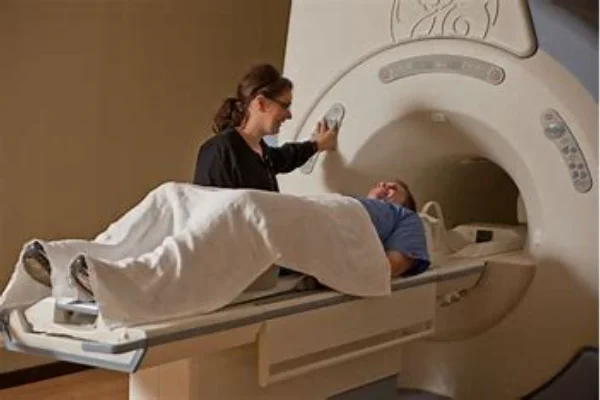
Recognizing these similarities helps in understanding the broader context of optical technology and how these components work together to achieve specific goals. It provides a holistic view of the field, showing how different components can be interconnected and complementary, working together to create complex optical systems.
In conclusion, the comparison between Faraday Rotators and Isolators reveals a complex and nuanced relationship. They are both essential components in optical technology, each with its unique functions and applications. By understanding their differences, similarities, and interconnections, we gain a deeper insight into the world of optics and how these components contribute to the advancement of technology. Whether it’s in communication, healthcare, or scientific research, Faraday Rotators and Isolators play vital roles, shaping the way we use and understand light. Their comparison is not just an academic exercise; it’s a practical guide to understanding and utilizing these components effectively, contributing to the success and innovation of optical systems.
Conclusion
The exploration of Faraday Rotators and Isolators reveals the intricate and fascinating world of optical technology. These components, though seemingly simple, play vital roles in various applications, from telecommunications to medical imaging. By understanding the differences, similarities, and functions of Faraday Rotators and Isolators, we gain insights into the complex mechanisms that drive modern optical systems. This knowledge not only enriches our understanding of technology but also empowers us to make informed decisions in selecting and utilizing these components.
FAQs
- What is the primary function of a Faraday Rotator?
- It rotates the polarization plane of light.
- How does an Optical Isolator protect sensitive equipment?
- By allowing light to pass in one direction only.
- Are Faraday Rotators and Isolators used together?
- Yes, an Isolator typically consists of a Faraday Rotator and two polarizers.
- What are the common fields where Faraday Rotators and Isolators are used?
- Telecommunications, laser systems, and medical imaging.
- Why is the unidirectional property of Optical Isolators important?
- It maintains signal integrity and protects sensitive equipment from back reflections.

Frank
Frank graduated from the University of Shanghai for Science and Technology, majoring in optics. As a technical engineer at Crylink Company, he deeply understands crystal materials and laser components.
Related Video(s) with this Article
Related Product(s) with this Article
Related Application(s) with this Article
